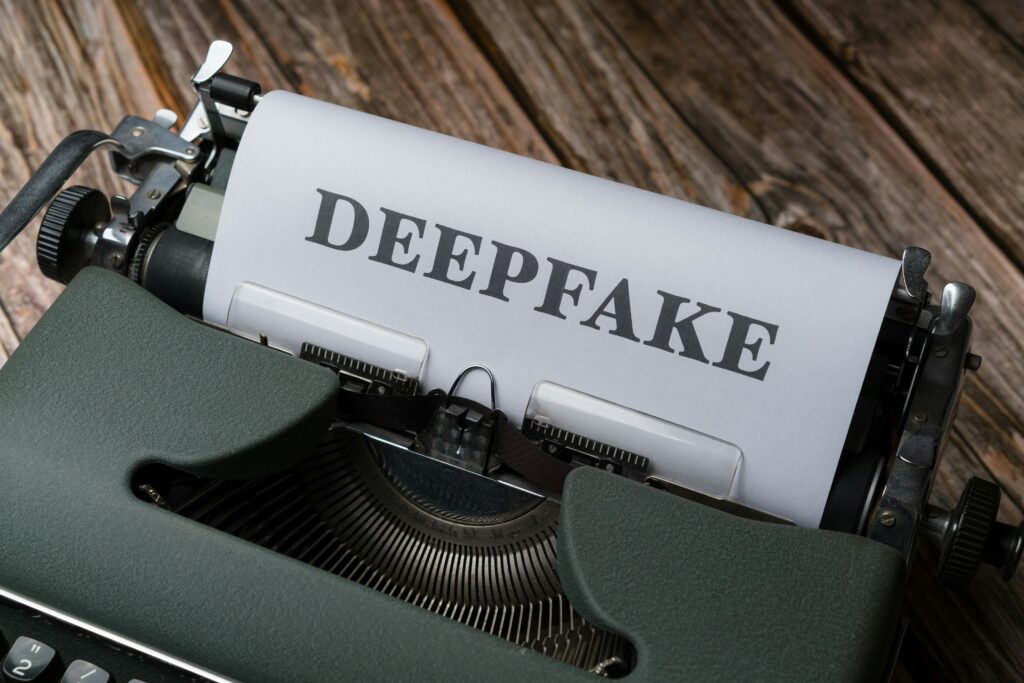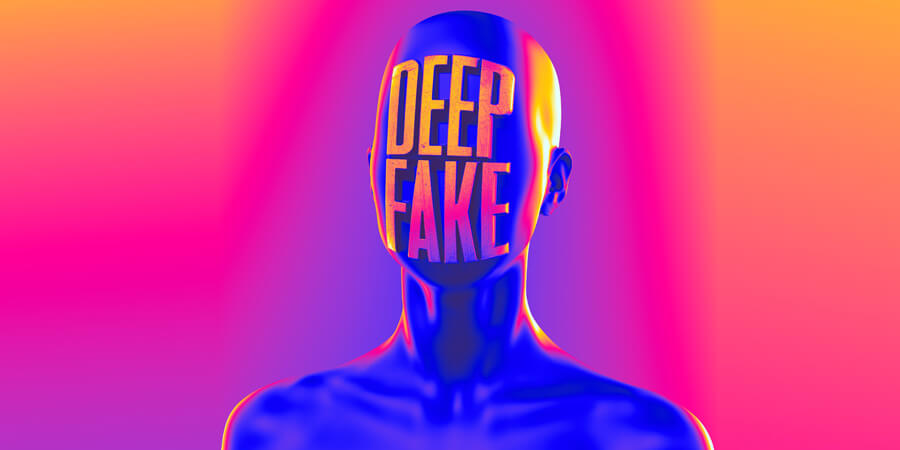
If you have been a frequent internet user, I am sure you have come across some strange videos of people like ‘Elon Musk purporting to advertise/endorse some fake online money-making schemes or world leaders like ‘Barack Obama’ or ‘Vladimir Putin, making some otherwise would be ridiculous claims. It all began back in 2017 when a random Reddit user named Deepfake posted a ‘deep faked’ porn video of songstress Taylor Swift and that was the birth of DEEPFAKE.
What’s deepfake?
A Deepfake is an Image/video/voice generated using a unique kind of machine learning called deep learning. It’s a technology made to imitate how the human brain operates. Just the way humans get used to repetitive tasks and can do them with more ease the next time they carry out the same task. One Algorithm is fed with real images then trained to make a fake replica that is as close as possible to the real image. The second model is trained to detect fake images. The algorithms are then iterated until they come up with an image that is as close to the real ones.

How dangerous is deepfake?
Deepfake wasn’t of great concern until the boom of AI in the wake of COVID-19 in 2020-2021 when the application and use of AI became mainstream.Deep fakes have since become one of the main propaganda and disinformation-spreading tools. How dangerous can it get, and should you be worried?
Apparently there is now a growing concern both small- and large-scale levels. Just to put this into perspective on a smaller scale, we have seen many unsuspecting people get scammed into sending money after receiving calls from cloned voices of people purporting to be their relatives. Others have been scammed by subscribing to online schemes that are promoted by deep-faked images and videos of celebrities they trust. In other instances, we have seen people’s reputations go to the gutter when deep-faked disinformation about them makes its rounds through the internet. Even more concerning people are manufacturing revenge porn material against their perceived nemesis.Its even more alarming that now more tools are available for creating these fakes and it doesnt require tech savvy skills to get the job done.
On a larger scale though deepfake is becoming increasingly dangerous. We have seen manufactured videos of world leaders purporting to have said some things that have not come from them. This has a great influence on the masses in terms of perception. It can sway citizens into voting a certain way or in the worst-case scenario it can trigger conflict between communities or even nations.
With over 70 countries conducting their elections in 2024 including the most consequential (US Election) deep fake disinformation is at an all-time high with major parties trading propaganda against each other and it getting uglier as the election approaches.
How to detect deep fake content
Though it’s increasingly becoming more difficult to detect deep fake content there are some tips to quickly detect its authenticity:
Fact-checking :sounds so cliché but if you carry out a quick fact check on the source before acting on the content that you consume.
Movement: check whether the body movements are in sync and look like real people or they look zombie/cartoon-like.
Features: Among other features check out the face, fingers, eyes, and mouth. Making use of fact-checking tools like Swift can be extremely helpful as well.



